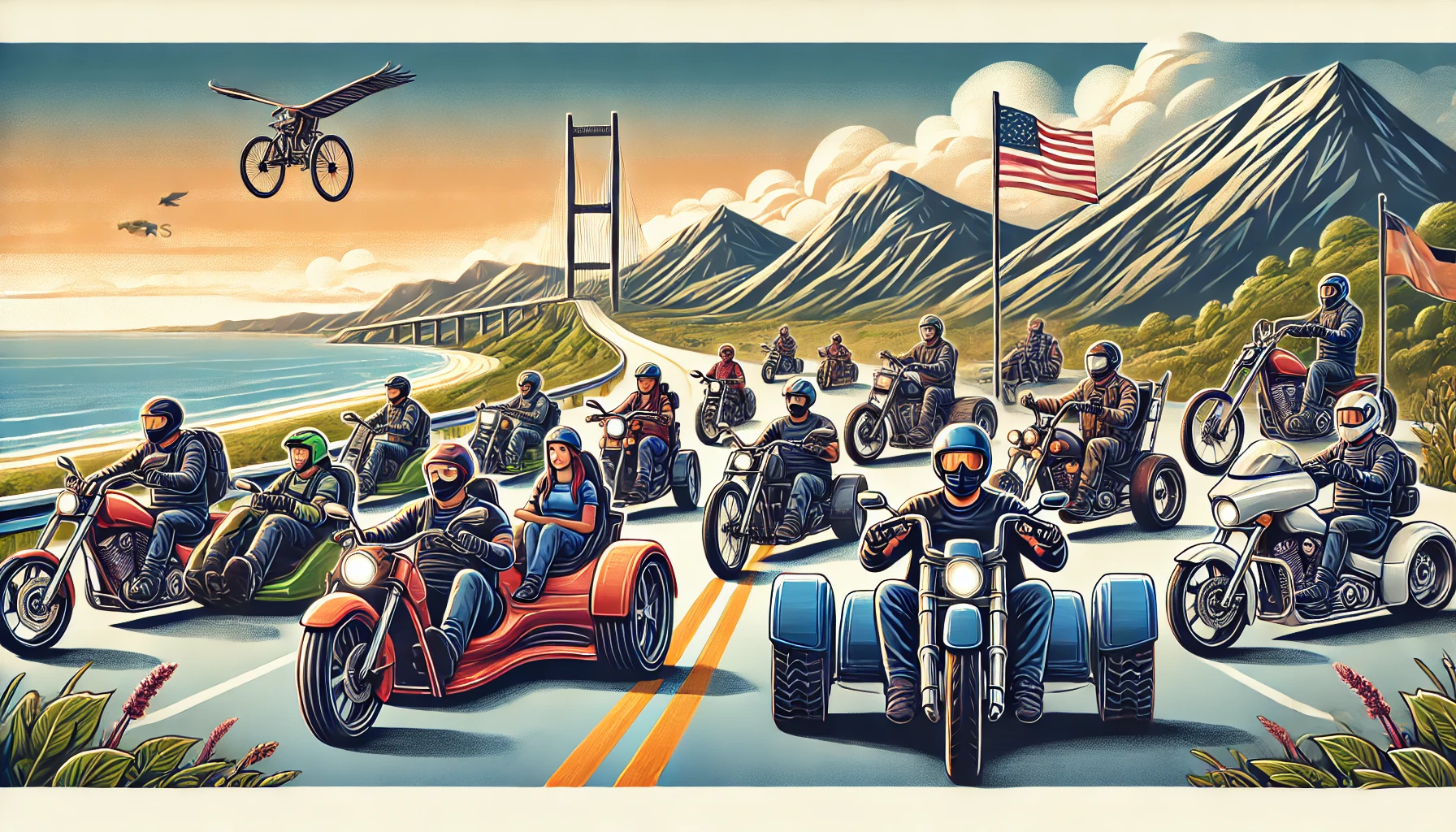



The Rising Market of Trike Owners: A New Opportunity for Businesses
The market for trike owners is rapidly expanding, presenting fresh opportunities for businesses catering to this growing demographic. Unlike traditional motorcycles, trikes offer enhanced stability, making them an attractive option for riders who may have previously been hesitant to ride due to balance concerns, age-related limitations, or physical disabilities. As more people recognize the advantages of three-wheeled motorcycles, manufacturers and aftermarket businesses are seeing increased demand for trike-specific products and services.
One key factor contributing to the surge in trike ownership is accessibility. Many older riders, who may no longer feel comfortable on two-wheel motorcycles, find trikes to be a safer and more comfortable alternative that still provides the thrill of open-road travel.

What Is A Trike Motorcycle?
A trike motorcycle, also known as a three-wheeled motorcycle, is a unique type of vehicle that blends the stability of a car with the open-air freedom of a traditional motorcycle. Unlike standard two-wheeled bikes, trikes come with three wheels—two at the back and one in the front, or in some cases, two in the front and one at the back. This design provides better balance, making them an excellent choice for riders who may struggle with the weight or control of a traditional motorcycle.
One of the biggest advantages of trike motorcycles is their enhanced stability. Since they have three wheels, they are less likely to tip over when stopping, making them a safer option for long-distance travel or for individuals with mobility issues. They also provide a more comfortable and relaxed riding experience, as they require less effort to maintain balance, especially at lower speeds. Many trike models also come with additional storage compartments, making them ideal for touring and extended road trips.
Trike motorcycles come in different styles, catering to various rider preferences. Some models, like conventional trikes, have two rear wheels and a single front wheel, similar to traditional motorcycles. Others, like reverse trikes, have two wheels in the front and one at the rear, offering better aerodynamics and improved handling. Some manufacturers even offer conversion kits, allowing riders to modify a standard motorcycle into a three-wheeled version.
The Distinct Benefits of Trikes
The Senior Motorcyclist Community
Adaptive Riders
Adaptive riders are motorcyclists who navigate physical challenges to continue enjoying the thrill of riding. Whether due to injuries, disabilities, or age-related limitations, these riders utilize customized motorcycles, adaptive controls, and assistive technology to stay on the road. Modifications such as hand-operated gear shifts, stabilizing trikes, and specialized prosthetic grips enable them to maintain independence and mobility. Many join adaptive riding communities, sharing experiences and inspiring others to push boundaries. With advancements in motorcycle design and accessibility, the riding world is becoming more inclusive, proving that passion for the open road transcends physical limitations.



